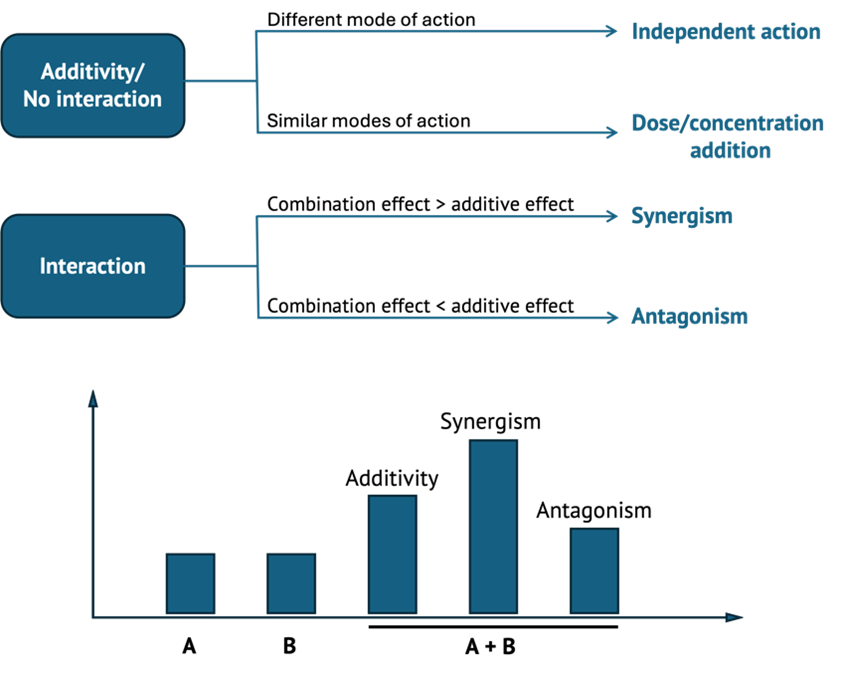Understanding Mixture Risk Assessment: Why It Matters

When assessing chemical safety, most regulatory frameworks still evaluate substances individually. However, in our daily lives, we are environmentally exposed to a wide variety of substances – via the air we breath, the water we drink, the food we eat and the many consumer products we use every day. The NEMESIS project takes a crucial step forward by recognizing that we are constantly exposed to mixtures of endocrine-disrupting chemicals (EDCs)—and by investigating how these combined exposures impact human health. A key part of this work is the development and application of Mixture Risk Assessment (Mixture RA), which evaluates the cumulative risks posed by multiple chemicals acting together.
Why is this important?
Because real-world exposure is complex. Even if individual chemicals are deemed “safe” at certain levels, their co-occurrence in human bodies can result in interactions that can be additive, synergistic, or even antagonistic, leading to unexpected health effects.

Different Approaches
There are several scientific strategies for Mixture RA, including:
- Whole mixture-based approach: Evaluates the risk of the entire mixture as a single entity.
- Component-based approach: Assesses individual chemicals in a mixture separately and then combines their risks
- In silico and computational tools: Leverage models and simulations to predict the risks of mixtures.
A recent report, developed as part of Work Package 8 (co-lead by Susana Viegas and Cristina Godinho), dives into these methodologies, highlighting their strengths, challenges, and the importance of context when choosing an approach.
Looking ahead
At NEMESIS, we are exploring how these scientific insights can be translated into practical tools and policy guidance. Mixture RA is a crucial step toward better protection of human health and the environment in an (still) increasing chemical exposure.
Stay tuned!

Maria Diniz da Costa, PhD
Research Assistant
Susana Viegas’ research group
NOVA National School of Public Health
